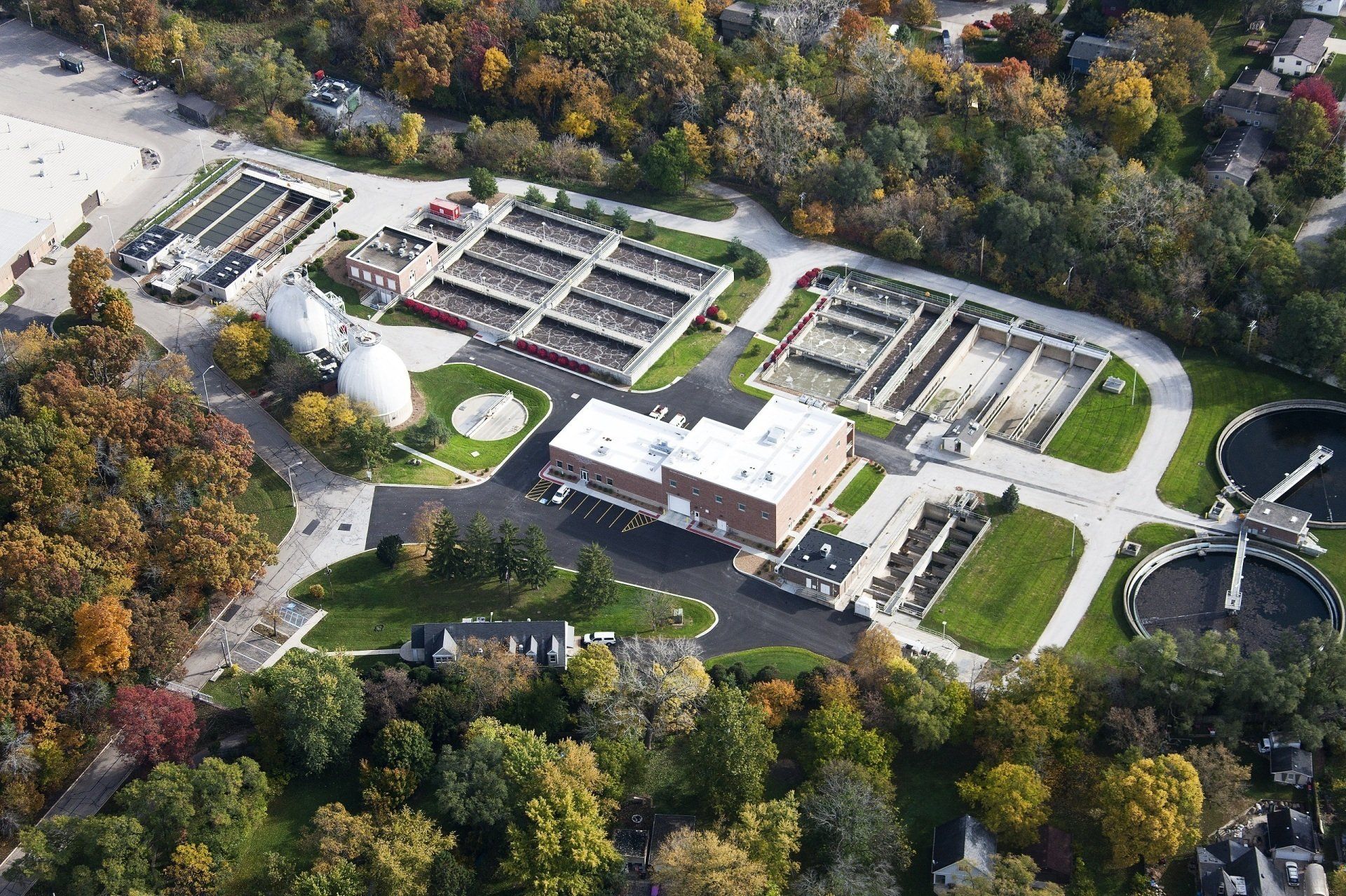City of St. Charles – 2014 Main WWTF Plan / Nutrient Removal Feasibility Study
The City of St. Charles owns and operates two wastewater treatment facilities, the Main WWTF and the West Side Water Reclamation Facility (WRF). The TAI team has planned, design and implemented all improvements to the Main WWTF since 1990. In the spring of 2014, the City of St. Charles received its NPDES Permit which contained a 54-month compliance schedule for meeting 1.0 mg/L total phosphorus, as well as requirements for completion of a Phosphorus Removal Feasibility Study (PRFS). The study required the City to determine the plant’s ability to meet 1.0 mg/L and 0.5 mg/L phosphorus limits. As a result, the City requested TAI to perform a comprehensive Facility (Master) Plan Update for the collection system, lift stations, and treatment facility infrastructure in conjunction with the PRFS.
TAI prepared a thorough evaluation of alternatives including preparation of biological models, and evaluation of several alternative BNR configurations. Site specific jar testing was performed to verify Chem-P removal dosing requirements and determine the most cost effective solution for the City.
Based on the City’s Comprehensive Plan, the Main WWTF will not need to be expanded in the foreseeable future. Therefore, nitrogen removal is not an immediate concern. As a result, both BNR and BPR alternatives were reviewed as well as consideration for side stream treatment. Based on the current configuration and strengths of the existing infrastructure, the process selected for detailed analysis and modeling included the A/O, A2O, Bardenpho and modified Johannesburg.
The most effective process using existing infrastructure was the A2O, however it was recognized that this process would not be able to meet future TN limits below 12 mg/L. The IEPA is currently estimating 8 mg/L in the future. If TN limits areimplemented in the future, the A2O would need to be modified to a Bardenpho to achieve these lower limits. The preferred alternative for BNR included implementation of an A2O, with provisions for upgrading the process (if required) to a Bardenpho in the future utilizing the IFAS technology.
The Chem-P analysis included a rigid jar testing protocol. Testing was performed on primary and secondary effluent to determine if one or two dosage locations would yield better results. In addition, the testing was used to determine if tertiary filtration may be required to meet 0.5 mg/L TP. TAI staff worked closely with the City to perform on-site testing and laboratory analysis, splitting the samples with an off-site lab for verification. Results of the jar testing demonstrated the required dosage was higher than originally anticipated and confirmed that tertiary treatment would be required to meet lower effluent phosphorus limits.

